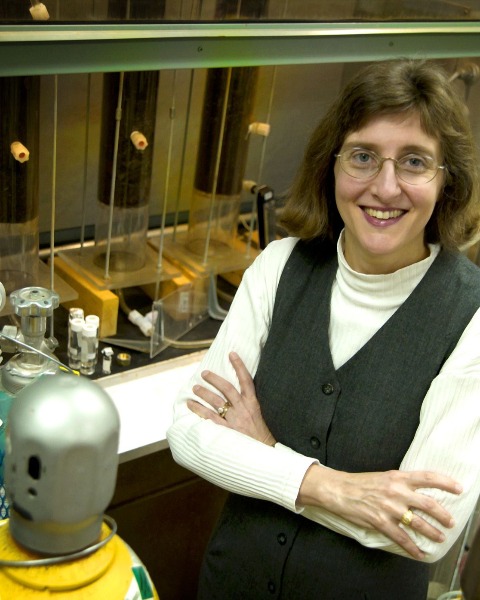Back
Platform
WAST
Session : Landfill and Solid Waste Related Energy
1165822 - Prioritizing Organic Waste to Energy-Renewable: Development and Application of the POWER Framework
Wednesday, June 29, 2022
8:20am – 8:40am PT
Location: Seacliff D

Mithila Chakraborty, MSc
Graduate (PhD) Student
The University of Texas at Arlington
Bronx, NY
Melanie L. Sattler, PhD, PE
Professor
University of Texas at Arlington
Arlington, TX
Presenting Author(s)
Primary Author(s)
Many regions are currently aiming to divert food waste and other organics from landfills to preserve landfill capacity and increase regional renewable energy opportunities. Many regions already have anaerobic digesters (AD) that convert sewage sludge at water resource recovery facilities (WRRFs) to biogas. Using this existing infrastructure, organic wastes like food, yard, and fats/oils/grease (FOG) can be co-digested to increase biogas production. Additionally, food, yard, and FOG wastes can be co-digested at on-farm digesters already digesting manure or crop residuals, or at stand-alone industrial digesters.
The newly developed “Prioritizing Organic Waste to Energy-Renewable (POWER) Framework” can help cities/regions assess the feasibility of co-digesting organic wastes at existing or new WRRF digesters, on-farm digesters, or stand-alone digesters. The POWER Framework consists of 4 components: 1) GIS Toolbox, 2) POWER Tool, 3) Optimization Tool, and 4) City Guidebook.
The GIS Toolbox estimates quantities of organic wastes that can be collected for digestion and assist in visualizing the spatial distribution of different waste components at different geographic levels. The POWER Tool is a user-friendly Excel spreadsheet which estimates fuel produced (electricity, or CNG), costs/benefits, emission reductions, renewable energy credits earned, and net energy balance. The Optimization Tool allows the user to determine the overall least-cost system for transporting and digesting waste for conversion to energy. When more than one existing digester is available, the Optimization Tool determines the optimum region(s) of waste to send to each.
This presentation will provide an overview of the framework components, and their application to case studies for the State of Vermont and City of Las Vegas, Nevada.
The newly developed “Prioritizing Organic Waste to Energy-Renewable (POWER) Framework” can help cities/regions assess the feasibility of co-digesting organic wastes at existing or new WRRF digesters, on-farm digesters, or stand-alone digesters. The POWER Framework consists of 4 components: 1) GIS Toolbox, 2) POWER Tool, 3) Optimization Tool, and 4) City Guidebook.
The GIS Toolbox estimates quantities of organic wastes that can be collected for digestion and assist in visualizing the spatial distribution of different waste components at different geographic levels. The POWER Tool is a user-friendly Excel spreadsheet which estimates fuel produced (electricity, or CNG), costs/benefits, emission reductions, renewable energy credits earned, and net energy balance. The Optimization Tool allows the user to determine the overall least-cost system for transporting and digesting waste for conversion to energy. When more than one existing digester is available, the Optimization Tool determines the optimum region(s) of waste to send to each.
This presentation will provide an overview of the framework components, and their application to case studies for the State of Vermont and City of Las Vegas, Nevada.

.jpg)
